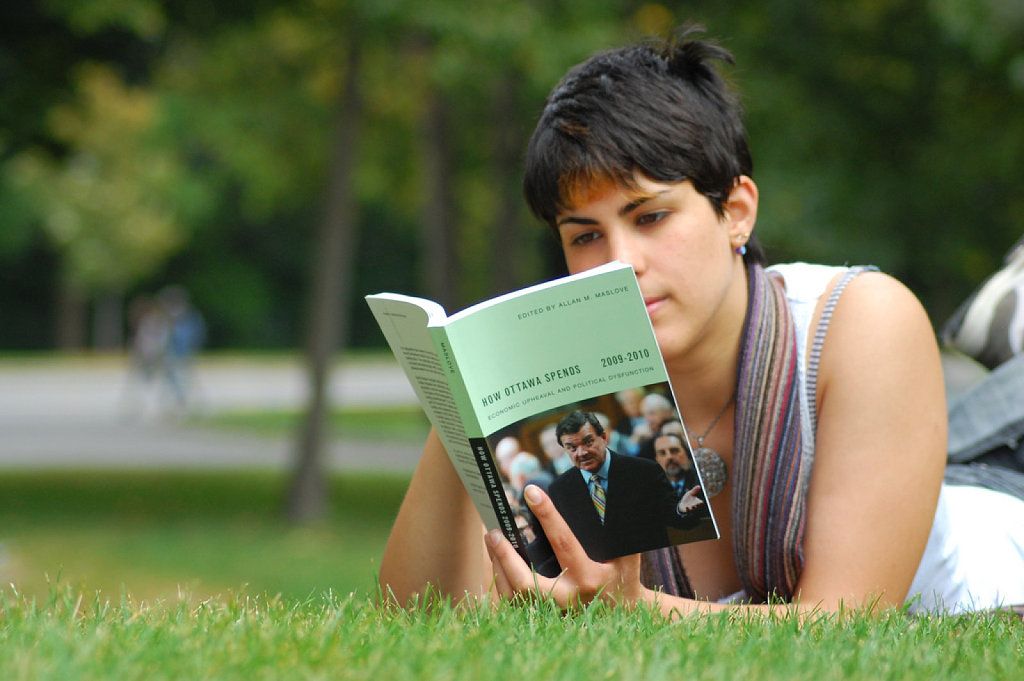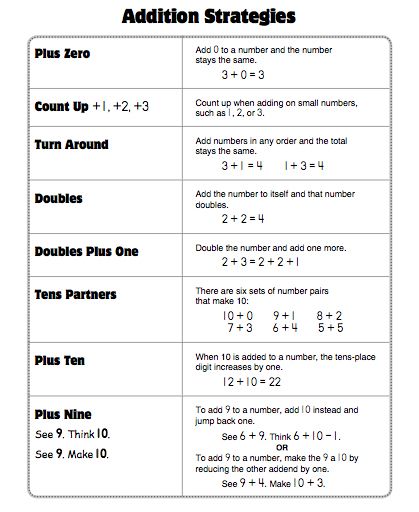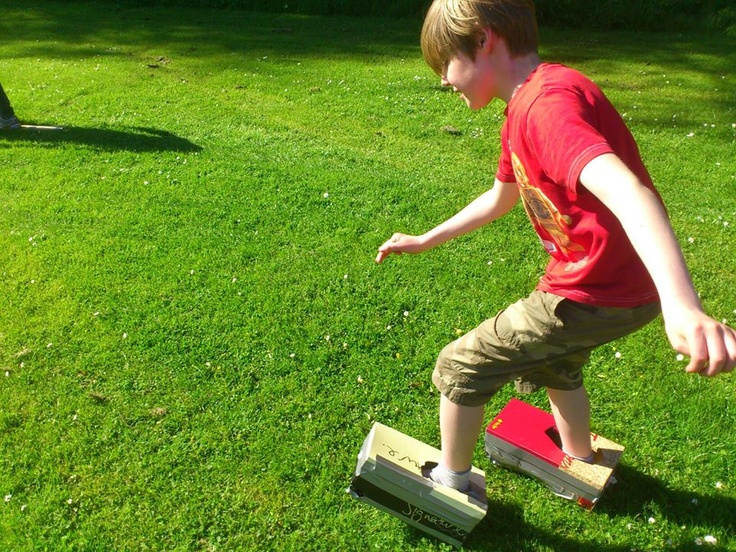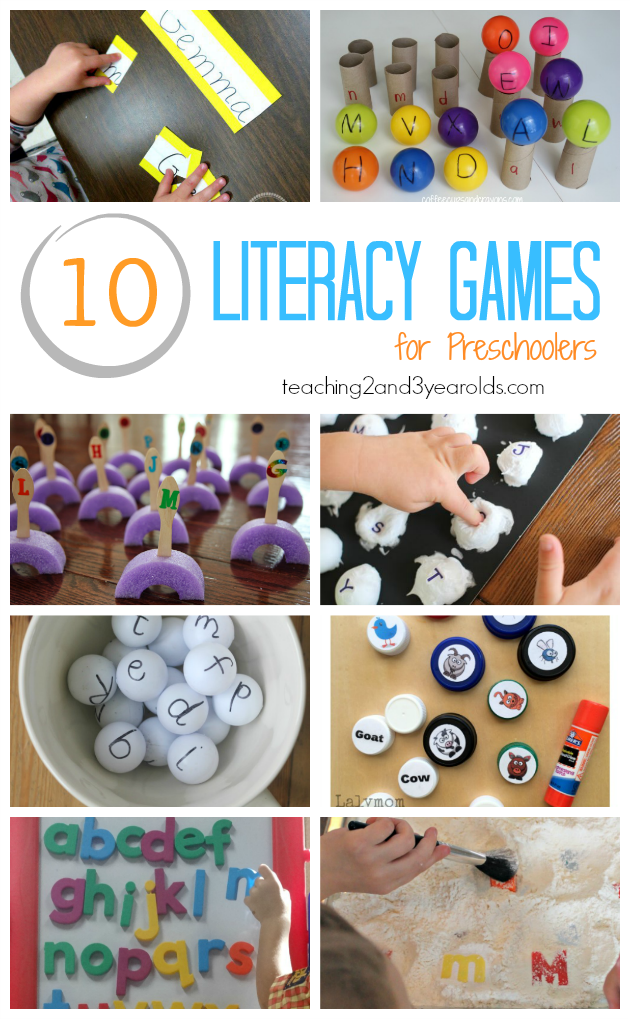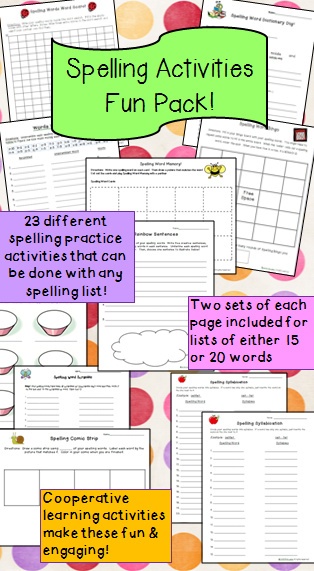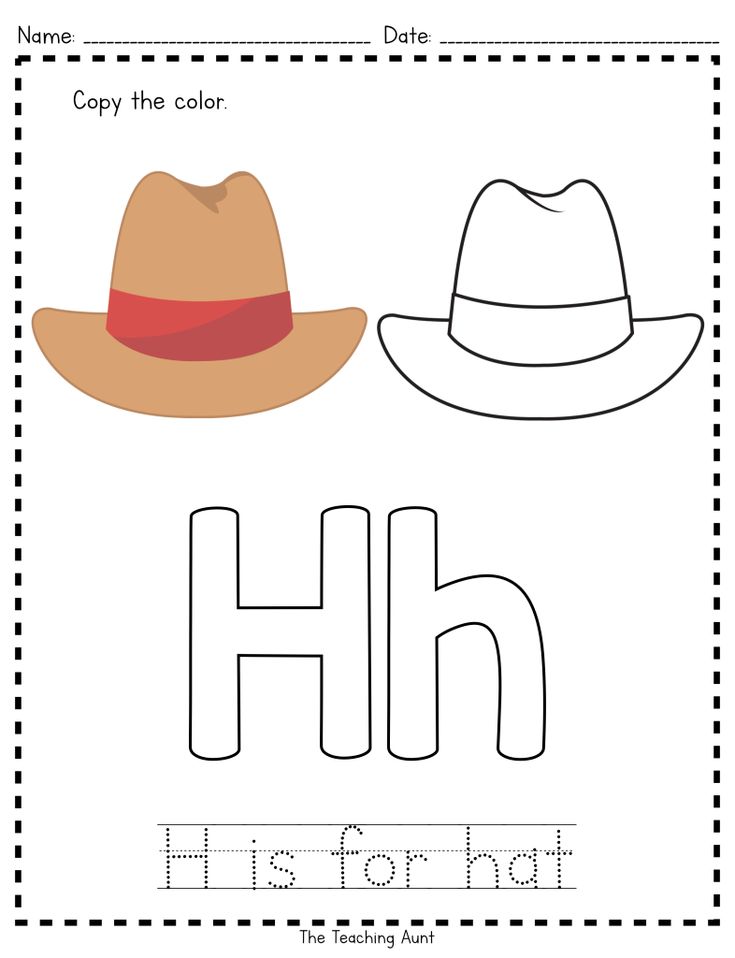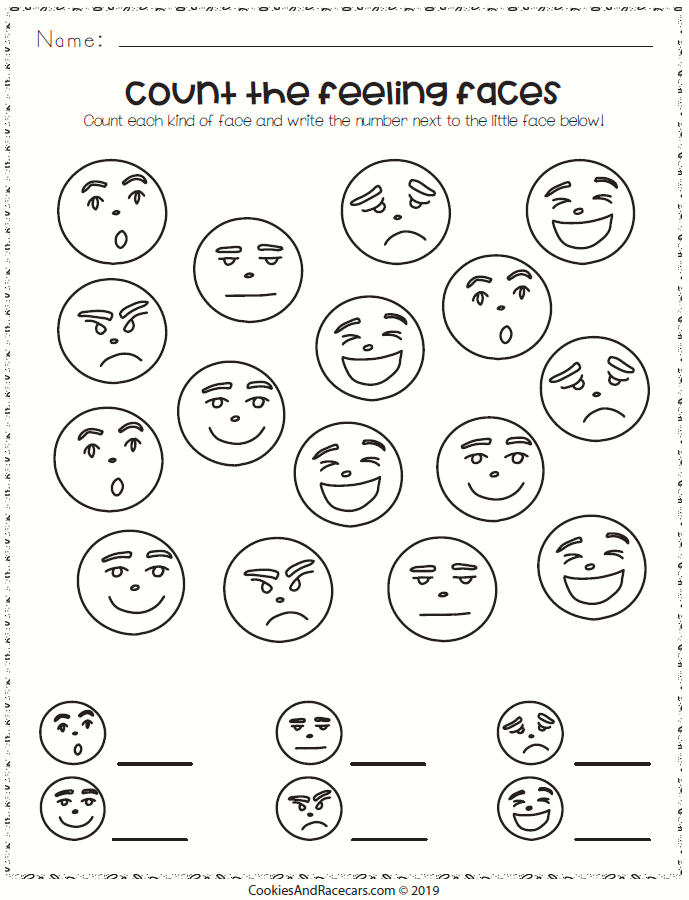Indicators of reading readiness
14 Things You Should Know About Reading Readiness
As parents and teachers, we often wonder if our children are on track for reading. It is a common belief that once a child has learned letter names and their corresponding sounds they must be ready to learn to read. This can be true, but not always. There are many more signs we can refer to when trying to determine if our child is ready to read. Check out these 14 things you should know about reading readiness!
*For even more amazing resources to support your early learners, be sure to grab our Emergent Readers MEGA Bundle!
14 Things You Should Know About Reading Readiness
Let me start by sharing that reading readiness isn’t just about literacy skills. Reading readiness actually covers a set of competencies. These are often forgotten about when considering if reading should be the next step of instruction.
4 Competencies to Determine Reading Readiness
- Social Development – Social development is important to reading because children need to know how to take turns, cooperate, and develop self-control before learning to read. This is because a large part of reading instruction involves activities and short discussions where a child needs to have such skills.
- Emotional Development – Before learning to read, children need to have a good self-concept and an understanding of how they fit into their world.
- Physical Development – Children need to have strong bodies that can support sitting since that tends to be the preferred position for reading a book. Children also need to have the fine motor skills that accompany writing and page turning.
- Cognitive Development – In the case of reading readiness, children need to have a cognitive level where they can both visually and auditorily discriminate between letter shapes and different letter sounds.
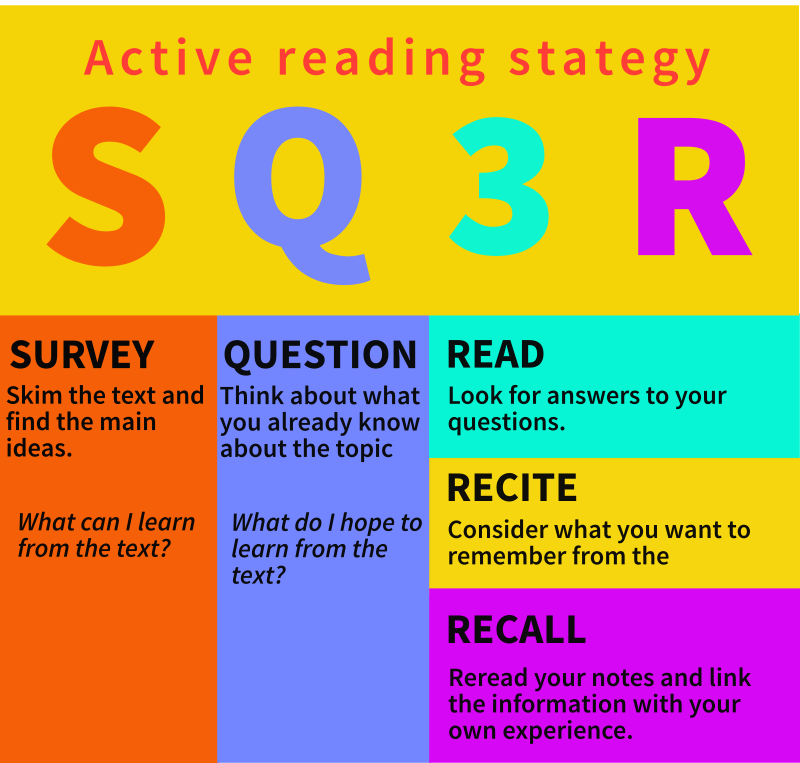 Visual discrimination includes the ability to see likenesses and differences among letters. For example, being able to differentiate between the letters L and T, a and o, or 6 and 9.
Auditory discrimination means that a child can hear the difference between /f/ and /v/ sounds. Or they can hear the difference in ending in the words ‘cap’ and ‘cat’.
Visual discrimination includes the ability to see likenesses and differences among letters. For example, being able to differentiate between the letters L and T, a and o, or 6 and 9.
Auditory discrimination means that a child can hear the difference between /f/ and /v/ sounds. Or they can hear the difference in ending in the words ‘cap’ and ‘cat’.
10 Signs of Reading Readiness
The importance of a child’s overall development is not mistakenly very, very important to a child’s success in learning how to read. In fact, if you have a struggling reader, it could be due to the lack of social, emotional, physical, or cognitive development, or the lack of one of the following:
- Your child has an interest. Not even the best reading programs, even those designed specifically for an individual child, can replace an interest in learning to read.
- Your child likes to retell stories. Have you ever noticed your child “reading” a familiar book by reciting memorized words? That is a good thing.
 So is making up stories during pretend play.
So is making up stories during pretend play. - Your child can read her own name. Children are naturally drawn to their names, and once they get to the point where they can read their own name and differentiate it from others in a group, your child is getting closer to learning how to read.
- Your child can play with language by making rhymes. Rhyming is one of the first indicators of reading readiness. This is because much of phonics instruction deals with manipulating language, which also relates heavily to writing.
- Your child knows how to handle a book properly. This means that when offered a book, your child can find the cover and hold it right-side-up. It also means that they understand books are read from left to right and that we only turn one page at a time.
- Your child can hear parts of words (like syllables) and sounds (like /c/ /a/ /t/ in cat) in words.
Phonological awareness (like clapping and counting syllables) and phonemic awareness (like hearing each sound in a word) help students when they begin to look at letters and sound out words.
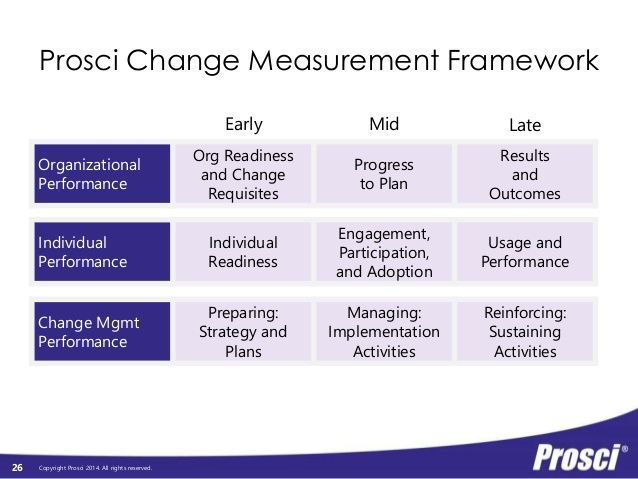
- Your child understands that text has meaning. After all, that is the purpose of reading, to gain information. For example, if a child saw his name written out he understands that name refers to him. It is not his friend or his favorite snack.
- Your child can recite the alphabet. Whether it’s singing the ABC song or just saying each letter from memory, knowing the alphabet is an important step toward reading readiness.
- Your child can identify and name some or all uppercase and lowercase letters. This is important because individual letters make up words to be read and written.
- Your child can correspond some or all letters to their correct sounds. This is necessary for decoding, the act of sounding out words.
- Your child can echo a simple text that is read to them. Doing so demonstrates the child’s understanding of one-to-one correspondence in reading.
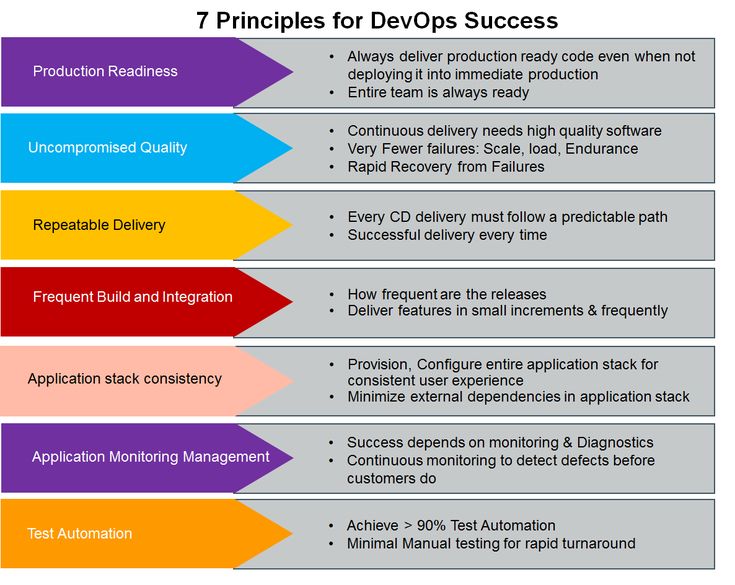 That means that each word on a page corresponds to a word that is read.
That means that each word on a page corresponds to a word that is read.
Is Your Child Ready to Read?
Now that’s a great question, isn’t it? While the above may seem like prerequisites for entering kindergarten, do not worry if your child does not do all of those things. Children enter kindergarten at different stages of development. And a good kindergarten teacher understands the variation and range of abilities entering the classroom. And, kindergarten teachers are trained to optimize student success!
If you find your child has most of the skills mentioned, he may be ready to learn how to read. But don’t be frustrated if it is a slow process or surprised if it is an easy process. Children also learn to read at different rates.
*Guest post by Sarah from Stay at Home Educator
Want unlimited access to even MORE teacher support, activities, and resources?Then be sure you request your invite so that you can be the first to hear when the doors open again for our Print and Play Club!
With instant access to hundreds of printables by topic and skill (no more scouring the internet!), every TKC resource, video lessons, a digital games vault, “Super” Sunday Surprises, and much more – your planning time just got easier.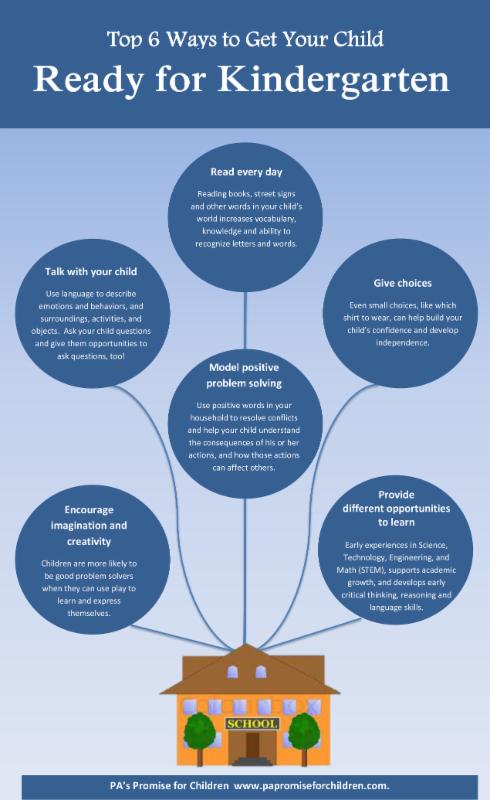
- Author
- Recent Posts
Sarah
Sarah is an educator turned stay at home mother of four. She has taught a wide range of levels, from preschool to college. She blogs at Stay At Home Educator, a website dedicated to providing creative activities and tools for teaching in early childhood. She loves Krav Maga, mountain biking, and cooking. See more over on Stay at Home Educator.
Latest posts by Sarah (see all)
About Sarah
Sarah is an educator turned stay at home mother of four. She has taught a wide range of levels, from preschool to college. She blogs at Stay At Home Educator, a website dedicated to providing creative activities and tools for teaching in early childhood. She loves Krav Maga, mountain biking, and cooking. See more over on Stay at Home Educator.
Reader Interactions
Top Skills For Kids To Master
Every day you watch your child get a little bit more capable and a little bit more interested in exploring reading.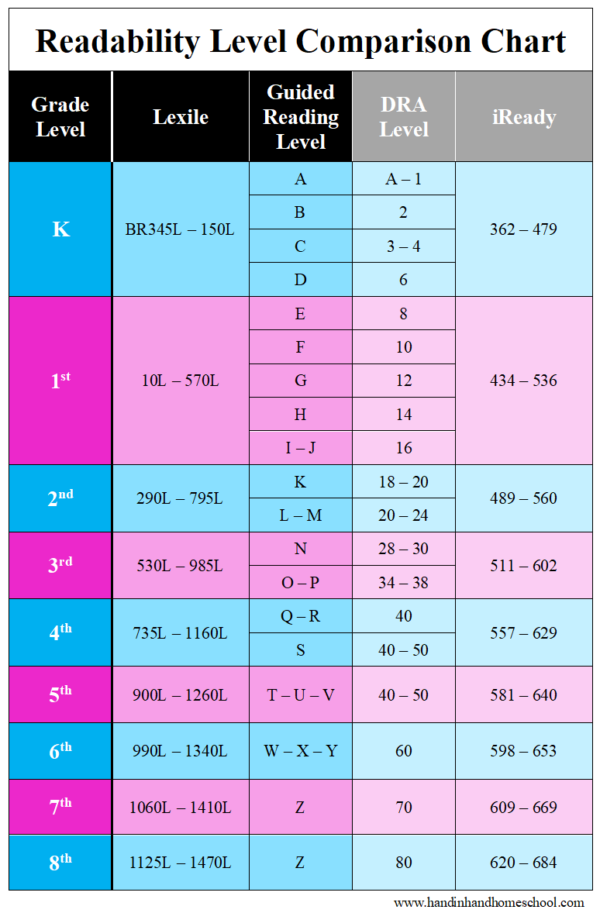 But you may find yourself wondering whether or not it’s the “right” time to begin working on reading readiness.
But you may find yourself wondering whether or not it’s the “right” time to begin working on reading readiness.
We’re here to explain what reading readiness is and let you know what to look for and how you can help your child get excited about their reading journey!
What Is Reading Readiness?
Reading readiness is defined by two unique parts.
First, reading readiness refers to the stage of development when your child is ready to begin learning how to read. This stage will come at different times for different kids.
Your child may be ready to learn to read by age four or five. It’s just as likely that they’ll take a bit longer and feel ready around age six or seven. There’s no rush!
The second part of reading readiness involves the time it takes someone to evolve from a non-reader to a reader. Think of it as how long it takes your child to get from point A (learning about texts and books for the first time) to point B (reading fluently on their own).
Measuring your child’s reading readiness is not meant to be a race. The length of time it takes them to graduate from a non-reader to a reader isn’t scored.
It’s only a matter of understanding their level of readiness so you can help them on their way!
Reading Readiness Vs. Emergent Literacy
You may hear reading readiness linked with emergent literacy. Although they’re not quite the same thing, there is a bit of overlap and the two terms are not mutually exclusive.
While reading readiness focuses on specific pre-reading skills, emergent literacy is what we think of as a child’s increasing interest in learning about letters, books, and words. You usually won’t have one without the other!
Additionally, reading readiness encompasses more than just pre-reading literacy skills. It includes emotional, physical, and cognitive development as well. It’s a holistic consideration of your child’s preparedness for a lifelong love of reading!
Why Is Reading Readiness Important?
Early exposure to reading is highly correlated with a child’s ability to read well in the future. By forming early experiences with books and positive feelings (that’s where you come in!), your child may discover a love of reading.
By forming early experiences with books and positive feelings (that’s where you come in!), your child may discover a love of reading.
Beyond forming a positive relationship with reading, reading readiness also advances social, emotional, physical, and cognitive development.
You can see those skills develop when children learn:
- How to share and take turns while reading
- To understand their role in the world and how stories might relate to them
- How to support their bodies when reading
- To refine fine motor skills used in writing and page-turning
- How to distinguish between letters, shapes, and sounds
Reading readiness is about reading, but it’s also about so much more! That’s what makes it an important part of your child’s learning adventure.
Indicators Of Reading Readiness
These six indicators will help you determine the extent of your child’s reading readiness.
A Desire To Read
Your child is interested in listening to stories and books.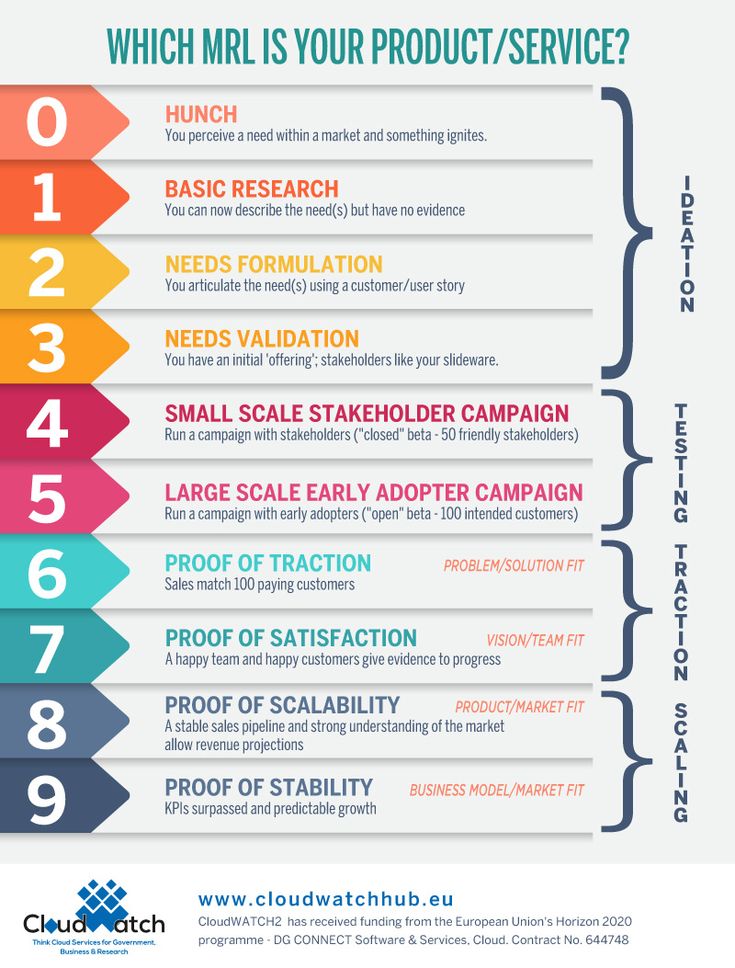 They may ask you to read to them at any point in the day, whether it’s a book, a sign, or a poster they saw on the street.
They may ask you to read to them at any point in the day, whether it’s a book, a sign, or a poster they saw on the street.
They may also make up stories of their own or enthusiastically recount the events of a school day during dinner.
While reading together, they may want to take turns with you and pretend to read a page. They may also memorize the favorite parts of different stories and “read” them with you.
Print And Book Awareness
Print and book awareness deals with a child’s knowledge of handling written text and books. Markers of print and book awareness include a few different elements.
Your child will understand how to hold books and how to turn pages from right to left. They’ll also understand that when reading, the text moves left to right and top to bottom.
They begin to notice that words are separated by spaces, which helps readers understand the beginning and end of a word. They may also notice that there are special symbols on the page: periods, exclamation points, and question marks.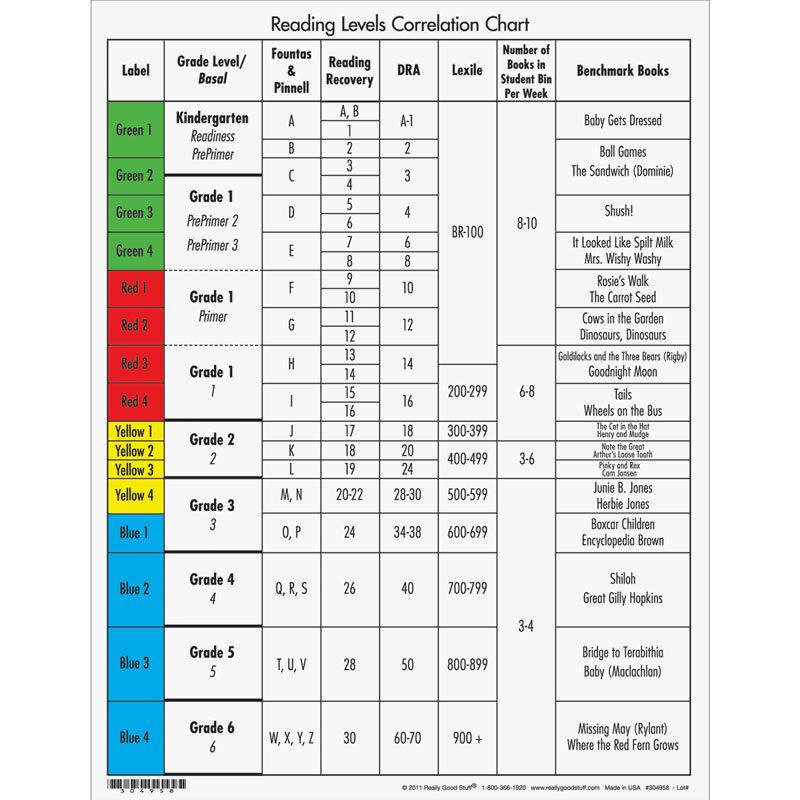
Your child will also understand that text has meaning. Written words have a decipherable pattern that they can learn to read. They can also use clues, like pictures, to understand sentences in a book.
Ideally, your child will also notice print in their environment and might be curious about what these things say.
Ability To Play With Rhyme
To play around with words, your child’s phonics skills should be developed enough to support rhyme and word games.
You can gauge your child’s readiness with this component by playing with them. Singing songs together, playing around with funny rhyme games, and working on their ABCs are all great!
A Firm Grasp On Letter-Sound Correspondence
The relationship between letters and sounds is one your child should be familiar with before launching into the next steps of learning to read. This relationship is what we call letter-sound correspondence.
They will understand that written letters have a matching sound, even if they can’t accurately match them all the time (don’t worry, they’ll get there!).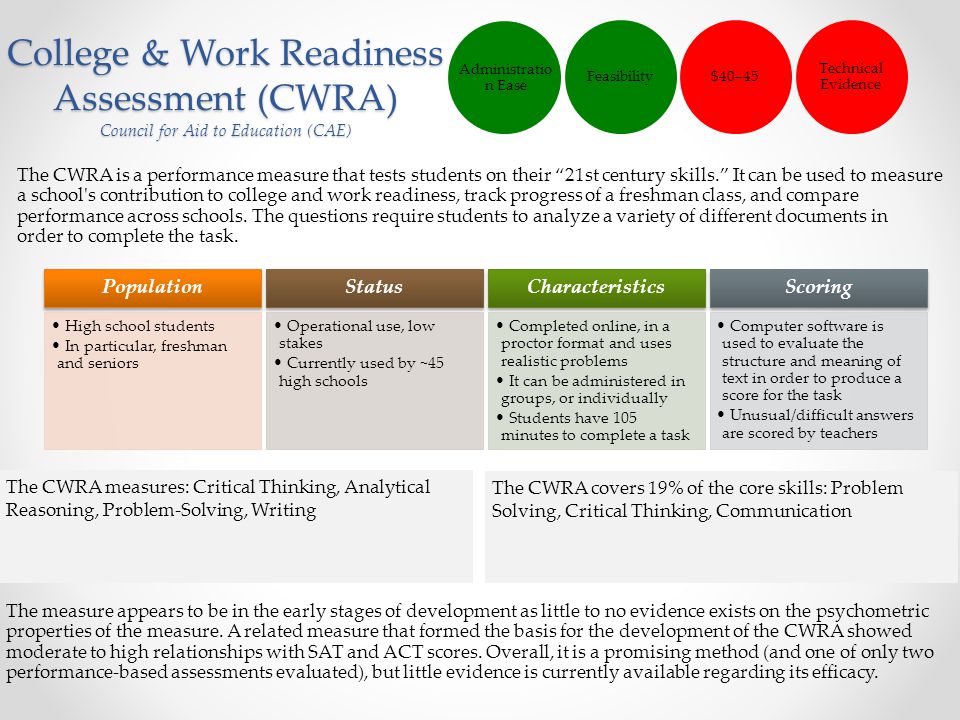 They at least understand the concept of the letter “k,” for example, having an associated sound.
They at least understand the concept of the letter “k,” for example, having an associated sound.
Ability To Retell Stories
After hearing someone tell a story or read a book, your child can talk about the events that happened in the story. They may pinpoint specific characters, feelings, or places — this will give you some insight into which details stuck out to them the most.
Your child might also talk about something they overheard from a classmate or summarize a book they read earlier that day with their teacher.
However it manifests, retelling stories is a great habit for your child to develop and will prepare them for the next step of their reading journey!
Repeating What You Read To Them
Similar to retelling stories, your child will understand how to echo what you read to them. This is an especially effective skill when your child tries to learn new vocabulary.
As your child’s reading readiness skills continue to grow, you can encourage them to echo short sentences back to you. Longer, advanced sentences may be too difficult for them to complete at this point. Keep it simple!
Longer, advanced sentences may be too difficult for them to complete at this point. Keep it simple!
Writing Or Reading Their Name
One of the most exciting skills your child will learn early on in their reading readiness is how to read and write their own name. They’ll be so proud of themselves (and will probably want to write it on everything they own)!
Your child will be able to recognize their name when they read or spot it on an item, like a sheet of paper or a lunch box. They have an idea of how to properly write it as well and can identify at least a couple of correct letters that belong in their name.
For example, if your child’s name is Vivian, they may write out “Vvn” the first few times they give it a go. This is amazing progress! They can identify certain sounds and apply that knowledge to writing their name.
They may also try to write letters in other people’s names or scribble out stories to share their ideas. All of these things demonstrate a developing sense of letter recognition, as well as reading readiness.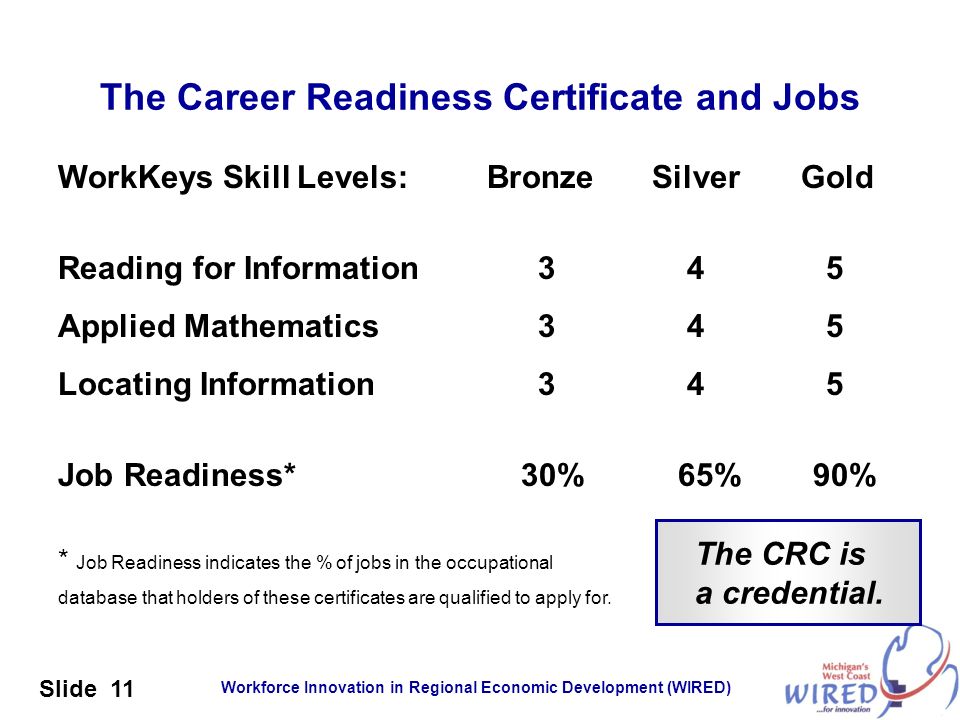
Tips For Engaging Reading Readiness
Keep Pressure Low And Encouragement High
Let your child guide you through their learning journey. Don’t be afraid to let them be the captain of their own ship.
Nurturing an interest in reading is a marathon, not a sprint. It may not happen overnight, and that’s OK! The best way to make reading fun and enticing for your child is by keeping stress levels down.
Cherish your reading time together!
Practice Rhyming
Rhyming engages your child’s phonological awareness, an essential skill under the umbrella of their reading readiness. Plus, we could always use another excuse to have a family-friendly sing-a-long!
Read Aloud To Your Child
Reading aloud to your child is the single most important thing you can do to encourage them to want to read by themselves. It helps them stay engaged, hear what fluent reading sounds like, and understand that reading is fun!
Reading aloud doesn’t always have to happen before bed, either. You can read aloud to your child at any time of the day. The more they hear you read, the more they’ll want to learn how to do it themselves!
You can read aloud to your child at any time of the day. The more they hear you read, the more they’ll want to learn how to do it themselves!
This can encourage independence, curiosity, and self-reliance. Not to mention, it’s essential to your child’s reading readiness!
Reread Books Together
Rereading books gives your child a sense of ownership over a book, and rereading favorites will forge a deeper connection between your child and reading and encourage a love of stories.
Rereading is also helpful with the mechanics of reading. Multiple visits to the same book will likely lead your child to pretend to read sections of the book. They may even memorize entire stories, so long as they are short and sweet.
Both of these steps are critical to developing their reading readiness. Before you know it, they’ll be cuddled up on the couch, reading away!
Building Reading Readiness For A Bright Future
There’s no such thing as a “right” way to teach reading.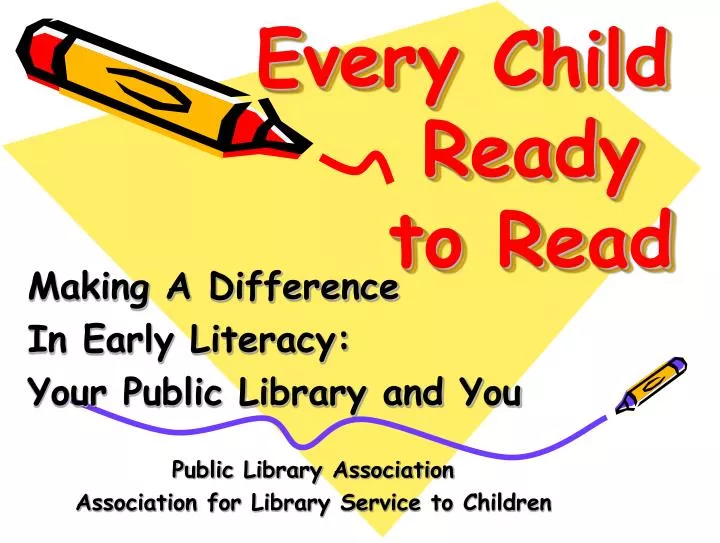 While there are certainly some core concepts to stick to, the power of your child’s reading adventure comes when you both figure out what works best for them.
While there are certainly some core concepts to stick to, the power of your child’s reading adventure comes when you both figure out what works best for them.
If you ever find yourself wanting to change up your routine, look no further than the HOMER Learn & Grow app. It’s thoughtfully designed with your child’s specific interests and needs in mind.
Jam-packed with activities and lessons, our app will help your child get reading ready and prepared for a bright future in no time!
And don’t just take our word for it, read what Honest Brand Reviews has to say about Homer.
Author
Indicators of a child's readiness for learning to read and write. | Consultation (preparatory group) on the topic:
Indicators of a child's readiness for learning to read and write.
The formation of a child's readiness for learning is connected with the formation of his mental processes.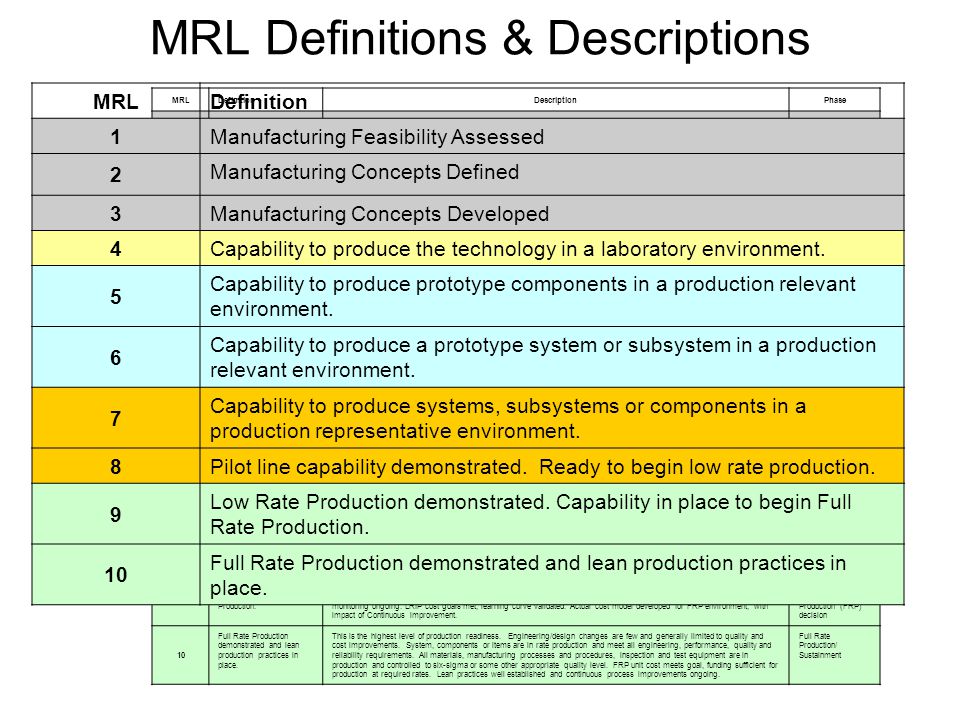 Senior preschool age is favorable for this, since at this age there is sufficient physical and neurophysiological maturity of the child. The maturity of the main cortical (brain) functions is noted. At this age, the final lateralization (interhemispheric asymmetry) of functions (left-handed or right-handed) occurs.
Senior preschool age is favorable for this, since at this age there is sufficient physical and neurophysiological maturity of the child. The maturity of the main cortical (brain) functions is noted. At this age, the final lateralization (interhemispheric asymmetry) of functions (left-handed or right-handed) occurs.
Any training stimulates the biological processes of maturation of the central nervous system. Therefore, we begin to teach children the initial elements of literacy, in order to prepare for future schooling.
Written speech is a complex psychophysical process, it is the most complex form of speech activity. Written speech is formed on the basis of the interaction of speech-auditory, speech-motor, visual and general motor analyzers.
Written speech is formed on the basis of oral speech, on the basis of its conditioned reflex connections. New conditioned reflex connections of writing join the conditioned reflex connections of the second signaling system and raise oral speech to a new qualitative level.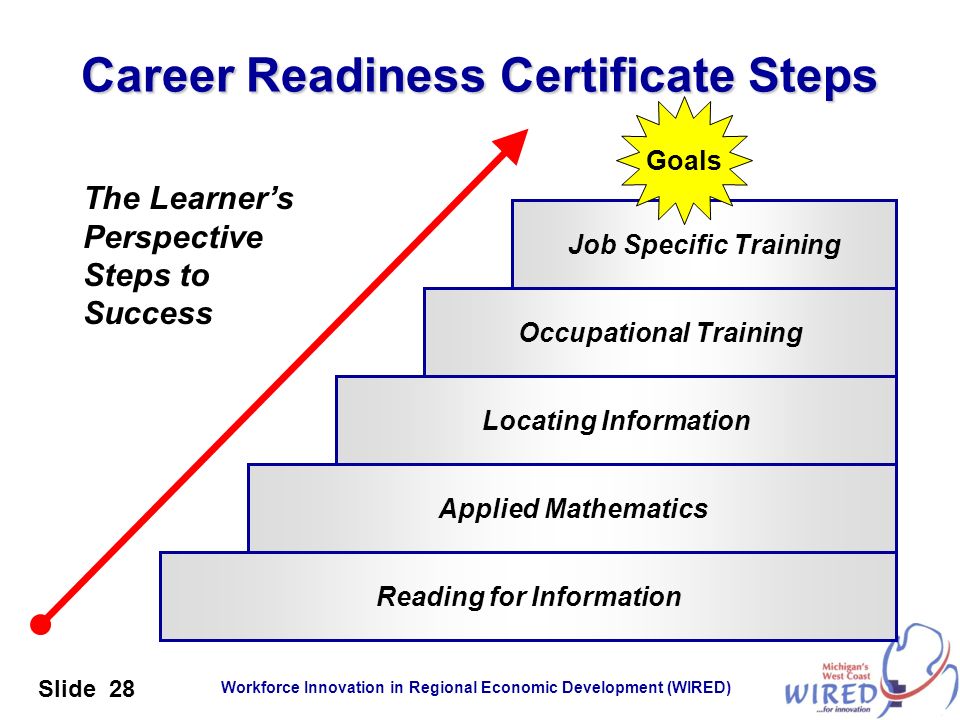
In the process of writing, links are established between the audible word, the spoken word and the visible word. When writing, the sound structure of words is converted into graphic signs-letters, and the temporal sequence of sounds is translated into a spatial sequence of letters.
Basic parameters of a child's readiness to learn to read and write
1.Intellectual parameter.
2. Social and psychological parameters.
3. Personal parameters
4. Emotional-volitional parameters
Ananyev, Galperin, Talyzina, Ul'enkova identified two main indicators of readiness for learning:
the child is receptive to learning, to the provision of dosed assistance, the child has formed the functions of generalizing the material
2) the formation of the structural components of educational activity:
- orienting-motivational components
- operational components
- regulatory components.
Thus, on the basis of these parameters and indicators, it is possible to identify the main speech and non-speech functions, the sufficient level of which allows one to start teaching literacy.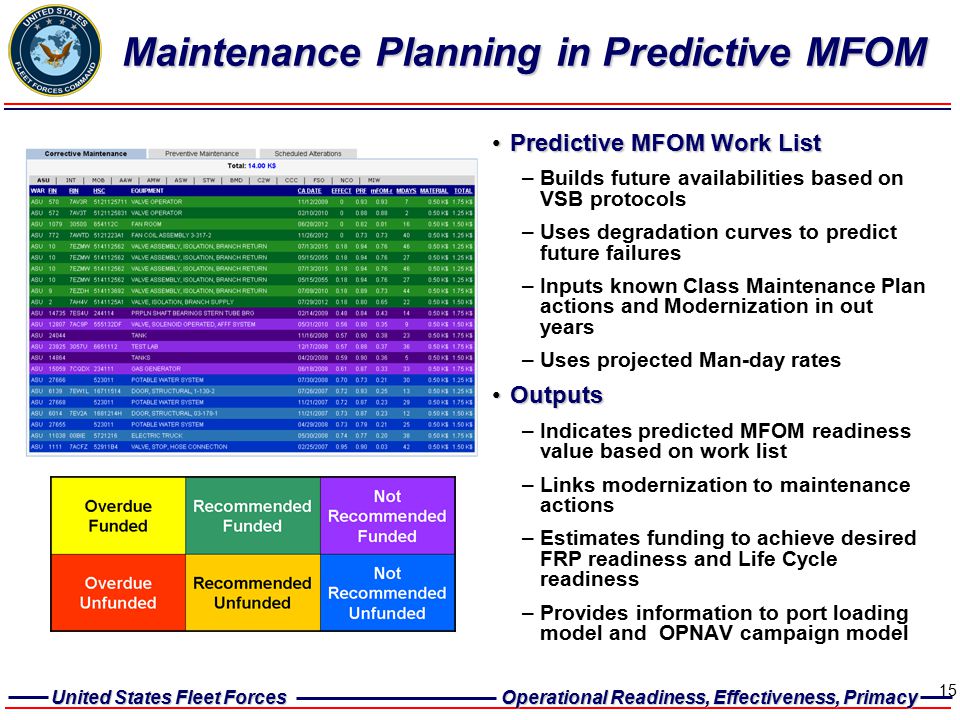
Speech and non-speech functions:
1) automation of hand movements (the correct way to hold a pencil in hand must be formed, the ability to navigate with hand movements on a sheet of paper, be able to trace contours, hatch, connect dots together, colorize, observe the line when writing, prescribing the main elements of letters)
2) visual-motor coordination of movements, i.e. the ability to control the movement of the hand with the help of vision
3) analytical-synthetic mental activity (the child must have a stock of knowledge about the surrounding reality, be able to analyze and generalize knowledge
4) the formation of the motivational sphere of a preschooler, the motives and motives for the implementation of activities should be preserved
5) the development of attention and memory. Particular attention to the sound side of speech. Speech-auditory, visual and motor memory must be formed
6) formation of successive and simultaneous processes (i.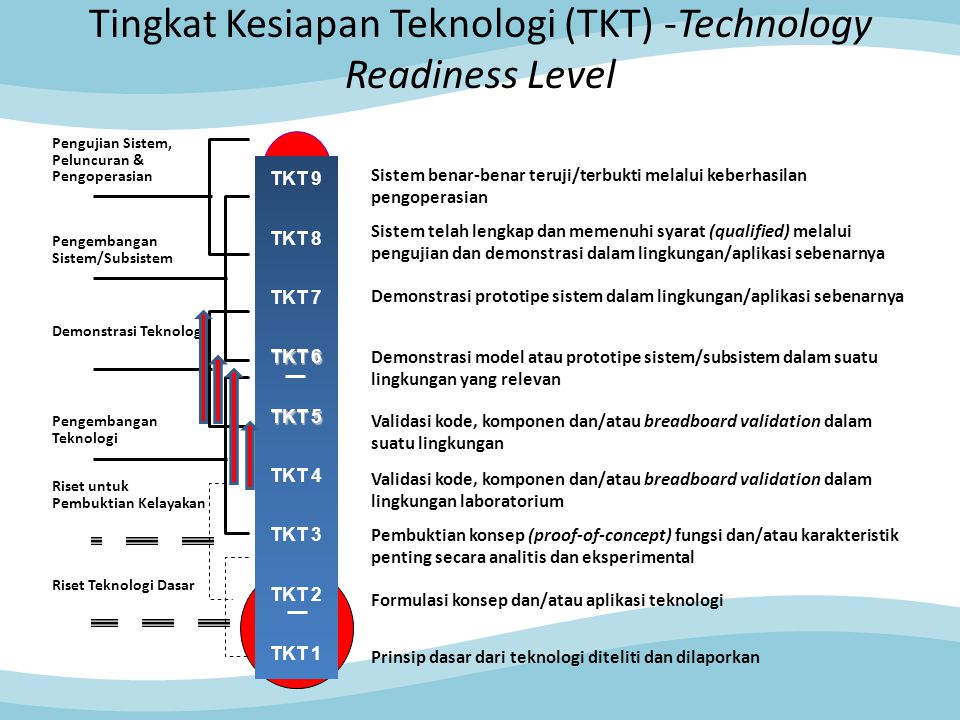 e. the ability to perform sequential and simultaneous operations
e. the ability to perform sequential and simultaneous operations
7) programming of activity and speech utterance. Those. the child must be able to organize activities based on the programmed speech of an adult and based on his own speech
8) formation of correct sound pronunciation. This gives an adequate flow of kinesthesia to the cerebral cortex, and speech kinesthesia serves as the basis for the formation of phonemic representations
9)differentiated phonemic perception.
On the basis of phonemic perception, a sound sound-syllabic, sound-letter analysis of words is carried out. All types of analysis are based on pronunciation, on speech kinesthesia.
10) the formation of the lexical and grammatical side of speech
11) the formation of an optical-spatial gnosis
12) the presence of control skills: kinesthetic, auditory, visual. The child must be able to exercise both accompanying and final control.
Literacy involves learning to read and write.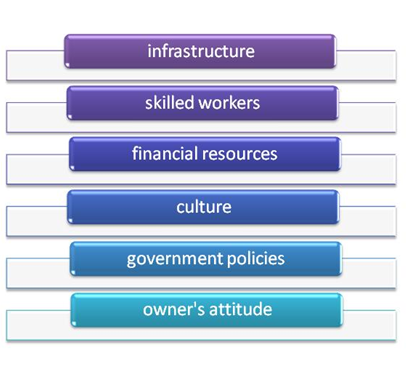 Writing is the process of encoding spoken language into written language. Reading is the reverse process of writing, the process of decoding written language into oral speech.
Writing is the process of encoding spoken language into written language. Reading is the reverse process of writing, the process of decoding written language into oral speech.
As a rule, first the child is given reading skills, in parallel, the hand is prepared for writing and the elements of writing are taught.
There are four main stages in mastering the reading process:
Stage 1 - letter reading
Stage 2 - syllabic reading
Stage 3 - formation of elements of synthetic reading
Stage 4 - formation of synthetic reading
First stage - formation of synthetic reading
The child gets acquainted with the letter designation of sounds. The main task is to teach the child to merge letters into syllables. The main way of reading is analytical.
Second stage – syllabic reading
The child must learn to read in a whole syllable. By the end of the stage should read a few words in a row. The main way of reading is analytical.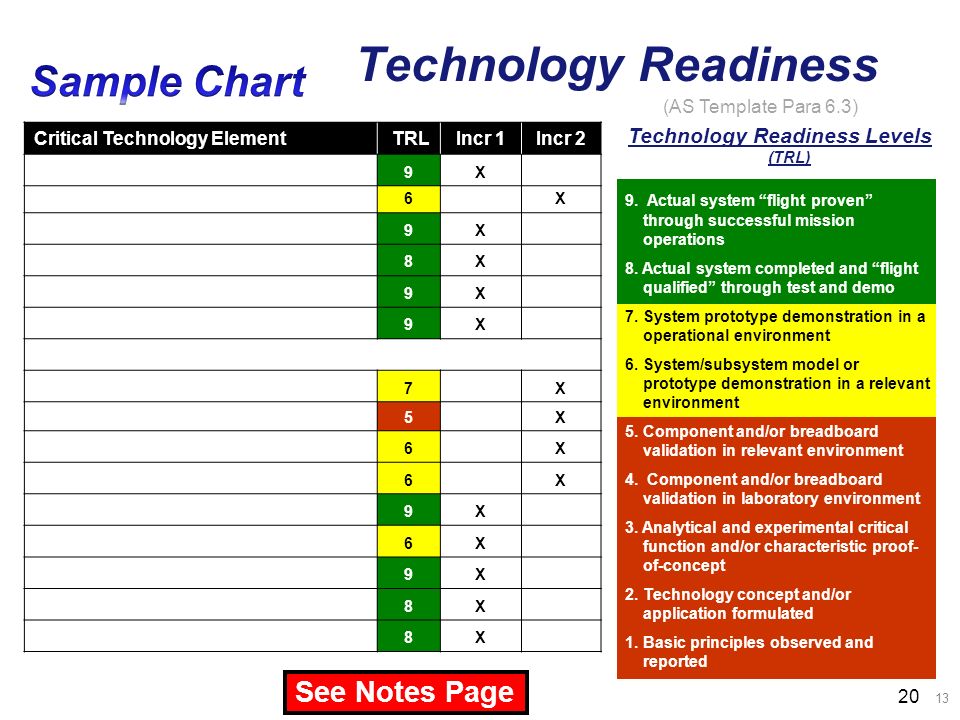
The third stage - the formation of elements of synthetic reading
The child reads the whole word, he can read individual complex words even syllable by syllable. The main way of reading is synthetic, there are only elements of the analytical.
Fourth stage - synthetic reading
The child can read fluently, whole words and phrases. Reading is synthetic.
Thus, reading gradually shifts from successive ways to simultaneous ways of reading.
When preparing preschoolers for literacy, the following sequence of work is proposed:
- Isolation of the initial stressed vowel in a word.
- Analysis of vowel sequences consisting of 2-3 vowels. The first, second, third sound in combination is distinguished, the number of sounds is counted.
- The first and last consonants in a word are highlighted.
- Analysis and synthesis of reverse syllables like "ac", "us". The number of sounds, the first and last sound are analyzed.
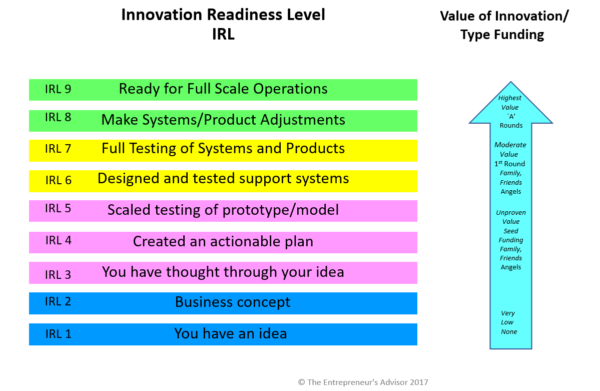
- The middle vowel sound in the word is highlighted, in a strong position.
- The middle consonant in a word is highlighted.
- The concepts of “sound”, “letter”, “consonant”, “vowel”, “voiced”, “deaf”, “hard”, “soft” are specified.
- Words are divided into syllables.
- Schemes of words are compiled
- On the basis of the scheme, a sound-syllabic analysis of the word is performed.
- The characteristic of each sound is given, while the syllable-forming role of vowels is specified.
- The child selects words for given schemes.
- The sound corresponds to the letter
- Inscribing the studied letter into the word scheme
- Reading syllables based on the scheme
- Reading words based on the scheme
- Reading words composed of letters of the split alphabet.
- Converting one word to another by replacing one letter, then replacing one syllable.
- Oral division of sentences into words.
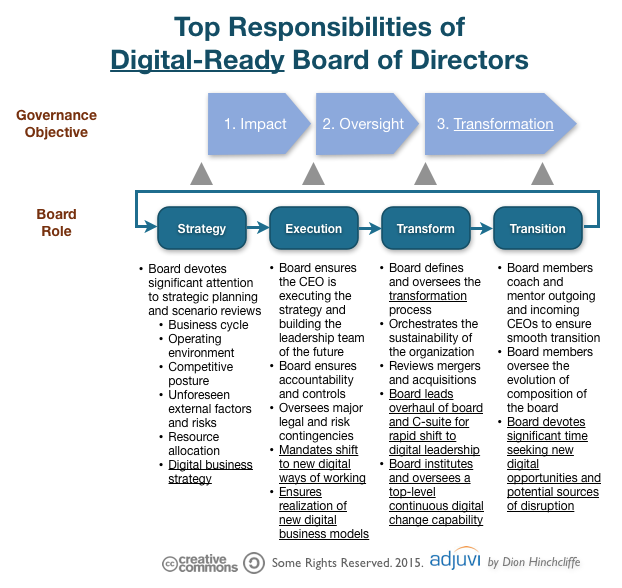
- Reading short sentences.
- Drawing up a graphic scheme of a sentence on the basis of which the difference between a word and a sentence is fixed, the meaning of a pause, the basic rules for writing sentences.
How to determine if a child is ready for school
The whole truth about how to choose a backpack for a first grader.
- Articles
- How to determine if a child is ready for school
According to the standards, children at the age of 6 can already go to school, but in practice this figure is very conditional and parents need to focus not so much on the actual age of the baby, but on his readiness to start learning. Some children show this readiness in less than 6 years, while others reach this phase of development by 7-8 years.
In order for the child to study with interest, have time to learn new information and feel comfortable in the school environment, it is very important to correctly determine the right moment. In our article, we will consider in detail the types of readiness for school, factors that affect development, methods for testing readiness, and also give advice from experienced child psychologists on preparing a child for school.
In our article, we will consider in detail the types of readiness for school, factors that affect development, methods for testing readiness, and also give advice from experienced child psychologists on preparing a child for school.
Basic types of school readiness
The concept of readiness for school is a combination of different factors and personal characteristics of the child. And this is not at all about the fact that a child should know a certain number of letters or numbers by a certain age. The main types of readiness for learning include physical, psychological and social readiness.
Physical readiness
The level of physical development is determined by evaluating a number of criteria. First of all, basic biological indicators are evaluated (height, weight, performance, the work of the digestive and urinary systems, etc.).
Next, the health status of the baby is assessed. It is for this that all future first-graders undergo a medical examination before school. Particular attention is paid to the work of the auditory and visual systems. According to certain doctor's indications, a delay in the child's going to first grade may be offered.
Particular attention is paid to the work of the auditory and visual systems. According to certain doctor's indications, a delay in the child's going to first grade may be offered.
Physical readiness also includes self-service skills. A child who is ready to start school should be able to tie his shoelaces, change clothes, wash his hands, use the toilet, use cutlery, keep his workplace in order, as well as his own cleanliness and tidiness.
For high-quality education at school, it is important to have a sufficient level of development of fine motor skills of the hands. The child should be able to hold a pencil and a pen in his hand, operate with small objects, draw straight lines, and so on.
The overall coordination of movements when running, jumping, bending is also assessed.
Physical fitness allows the child to quickly adapt to new conditions. To do this, it is important for parents to accustom him to the regimen from an early age, to instill a love for sports and an active lifestyle.
Psychological readiness
The concept of psychological readiness also includes several aspects at once.
- Mental readiness. Before starting school, it is necessary to determine whether the child has a sufficient level of knowledge about the world around him, how he learns new information, whether he has a craving for new knowledge, how stable his attention and memory are.
- Social readiness. The social readiness of a child can be determined by the following criteria. He should be able to start a conversation with peers, while the first grader needs to be able to both keep up the conversation and listen to the interlocutor. It is important that the kid understands the social hierarchy in the school community and knows that it is necessary to listen and follow the instructions of teachers in the classroom.
- Emotional readiness. It is determined by the level of the child's expectation of going to school, his desire to learn something new and achieve results, organization, independence and restraint.
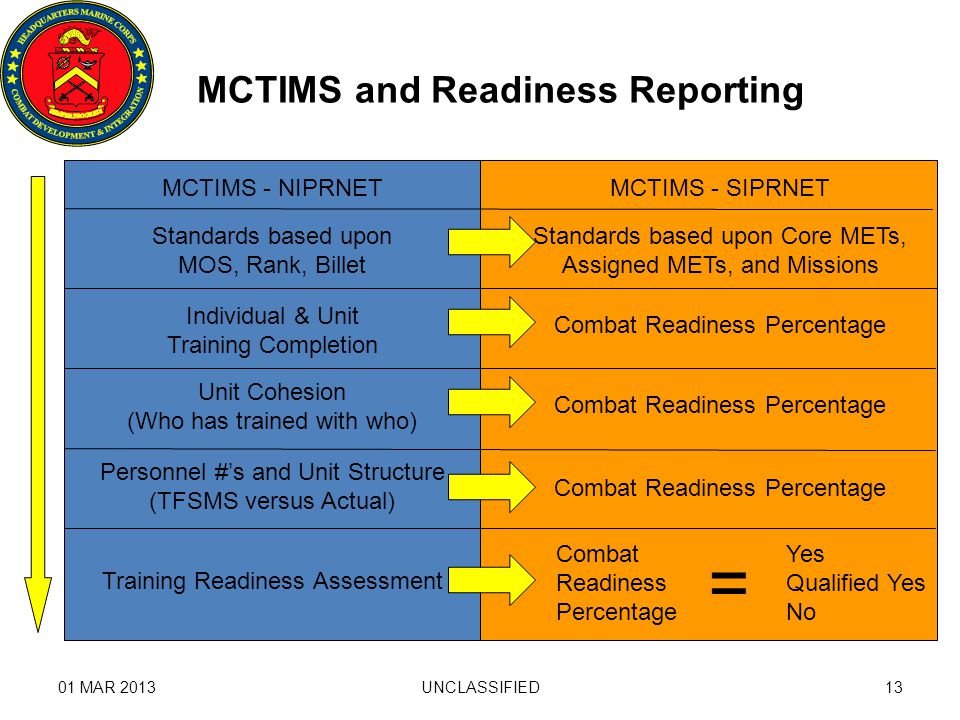
The emotional component of readiness is considered a key one, because even if at the time of entering school the child does not have sufficient theoretical and practical knowledge, but there is a desire and will to get them as soon as possible, then the training will be productive and will take place in a positive way.
Within the framework of psychological readiness, it is also important to mention motivational maturity. The task of parents is to build communication on the topic of school in such a way that the child would like to go there to gain new skills and knowledge, and not to receive, for example, a new backpack and beautiful stationery.
If you notice that your child has the wrong motives for schooling, then you need to work on it. To do this, it is important to describe to the child in detail all the nuances of schooling, to tell why people study, how it happens, what are the positive aspects of the regime. The main thing is to do everything without emotions, so that the child receives just the necessary information without too much emotional coloring.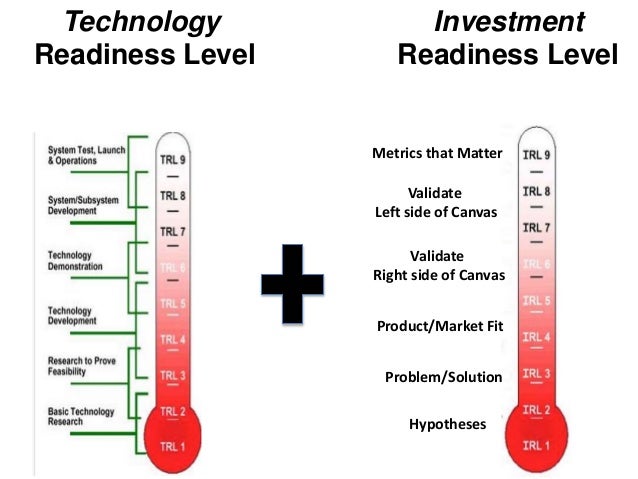 In no case do not intimidate the child with school.
In no case do not intimidate the child with school.
Special readiness
For successful entry into the educational process, it is important for a child to have some practical skills and theoretical knowledge.
- Graphic skills. The child should be able to properly hold a pencil or pen in his hand and be able to draw even horizontal and vertical lines, simple geometric shapes (circle, square, triangle), hatch and sketch without going beyond the objects.
- Perception of space. A future first grader should know and be able to apply such concepts as "high - low", "right - left", "far - close".
- Thinking skills. You can determine the level of development of figurative thinking by asking the child to describe a picture or write a story about himself.
- Knowledge about the surrounding world. This category includes knowledge about the seasons, some plants, days of the week, flowers, your city, family, etc.
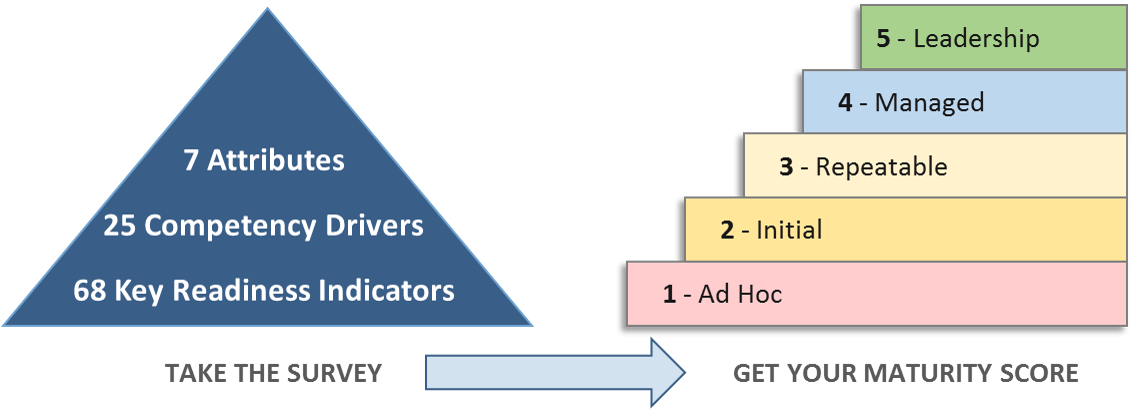
- Physical skills. The child needs to know basic physical exercises (squats, forward and side bends, circular movements of the arms, etc.).
- Computing skills. He must be able to count within ten and know the composition of the number within ten, for example, understand that the number 4 can be added from 2 + 2 or 3 + 1.
- Reading. By the first grade, it is recommended that the child knows at least 10 letters, from which he could compose and read syllables or words.
The level of special readiness for school depends on many factors, in particular, on the availability of additional training sessions in the kindergarten and on the regularity of classes at home.
Tests to determine the readiness of the child for school at different levels
Questionnaire from J. Chapey
To determine the level of preparation, as well as to identify weaknesses, a questionnaire for parents from the American psychologist J.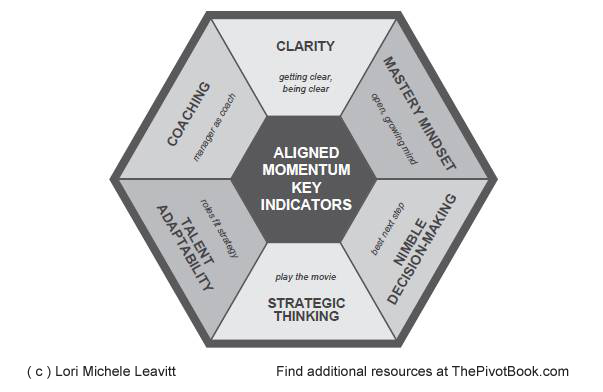 Chapey will help. Each of the questions below can be answered "yes" or "no". If, as a result, the majority of your answers are positive, then the child is quite ready to start school. If only 20% or less of the responses were positive, then certain gaps in experience and knowledge need to be addressed.
Chapey will help. Each of the questions below can be answered "yes" or "no". If, as a result, the majority of your answers are positive, then the child is quite ready to start school. If only 20% or less of the responses were positive, then certain gaps in experience and knowledge need to be addressed.
- Basic empirical experience. Did your child visit shops, banks, pharmacies with you? Has the baby been to institutions such as a museum, theater, library? Does he have a hobby?
- Physical development. Can your child sit quietly at the table for a while? Does he have good eyesight? Hearing? Can he play ball?
- Emotional development. Does your child socialize with peers? Does he evaluate himself as a person who can independently solve certain problems? Does he respond positively to changes in his usual routine or way of life?
- Speech development. Can your baby name the objects around him? Can he describe what he saw? Does he form sentences and phrases correctly? Does he pronounce words clearly?
- Cognitive development.
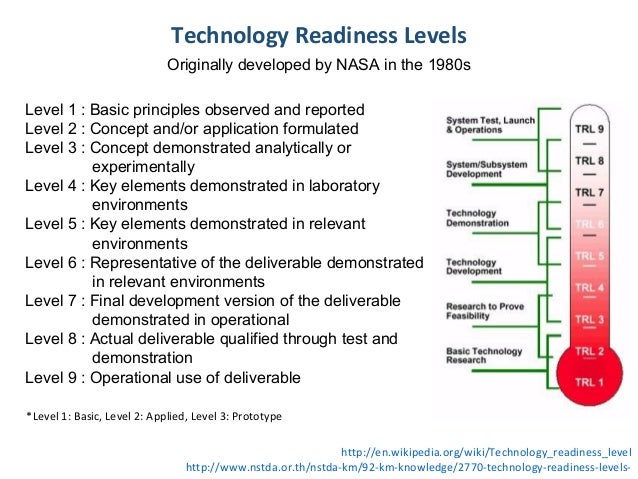 Can the child compare shapes and sizes? Will he manage to decompose a series of pictures into a semantic sequence? Can he put together a puzzle (puzzle) of 15 or more elements? Will he retell the story, keeping the sequence of events?
Can the child compare shapes and sizes? Will he manage to decompose a series of pictures into a semantic sequence? Can he put together a puzzle (puzzle) of 15 or more elements? Will he retell the story, keeping the sequence of events? - Communication skills. Does he easily engage in play with unfamiliar children? Can you listen carefully to a story? Can you follow the line?
Social readiness test
Read the statements below to your child. Place a “+” next to each sentence with which he agrees. If as a result you get 8 or more pluses, then the baby has a high level of social and psychological readiness. 4-8 points is the average level, up to 4 - low.
At school I will be able to meet new children and make friends with them. I wonder what lessons we will learn. I dreamed of going to school even earlier. At school it will be much more interesting than in the garden / at home. I will invite the whole class to my birthday party.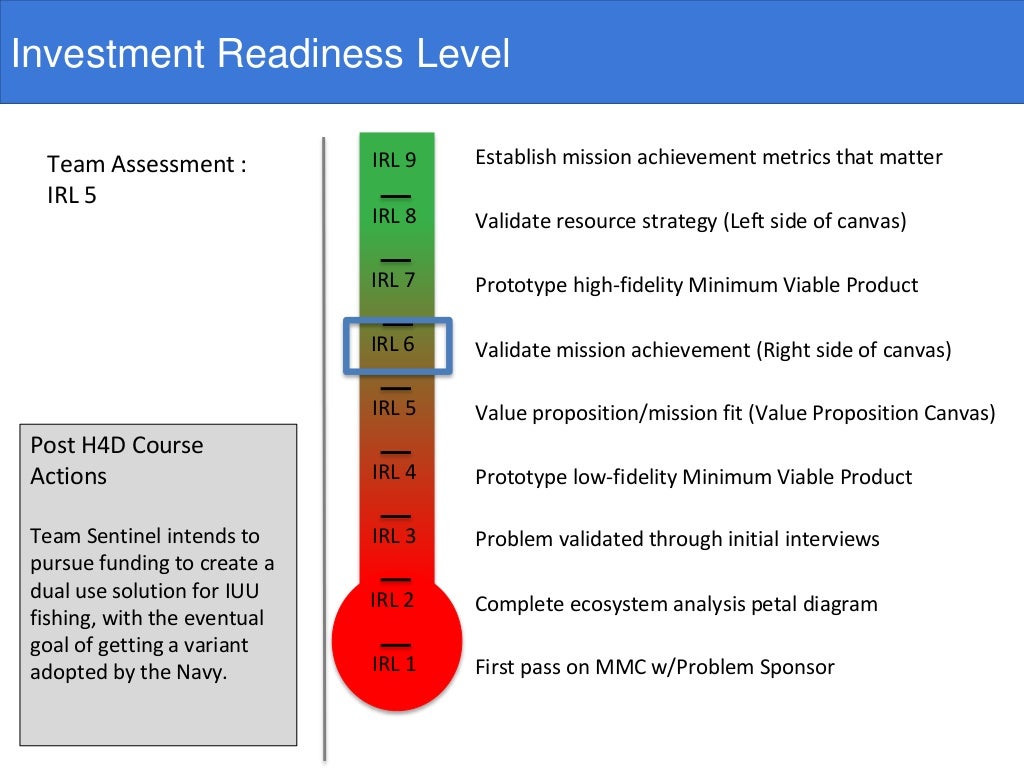 I wonder what they will give us for breakfast and lunch at school. All my friends go to school and I want too. I will study the best. It's good that the school has holidays. I want lessons to last longer than breaks.
I wonder what they will give us for breakfast and lunch at school. All my friends go to school and I want too. I will study the best. It's good that the school has holidays. I want lessons to last longer than breaks.
Tips for parents to prepare their children for school
Strengthening the readiness of the child for school can be done in simple ways that are organically integrated into everyday life. Thus, he receives and trains the basic physical and psychological skills, without perceiving the tasks as a learning process.
Useful walks. During your daily walks on the street, talk about various topics. Discuss the features of the weather on this day, draw the child's attention to changes in nature associated with the change of seasons, count objects (cars on the road, trees in the park, benches, etc.), discuss the colors and shades of surrounding things.
We train figurative thinking. Ask the child to tell you about what they saw.



